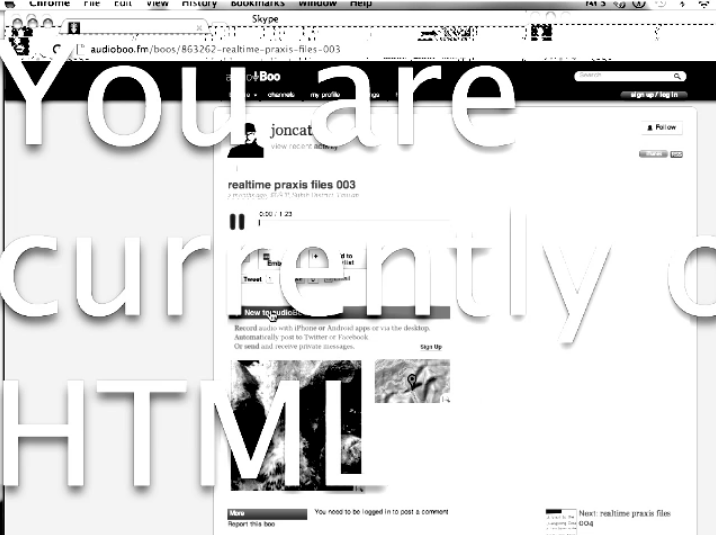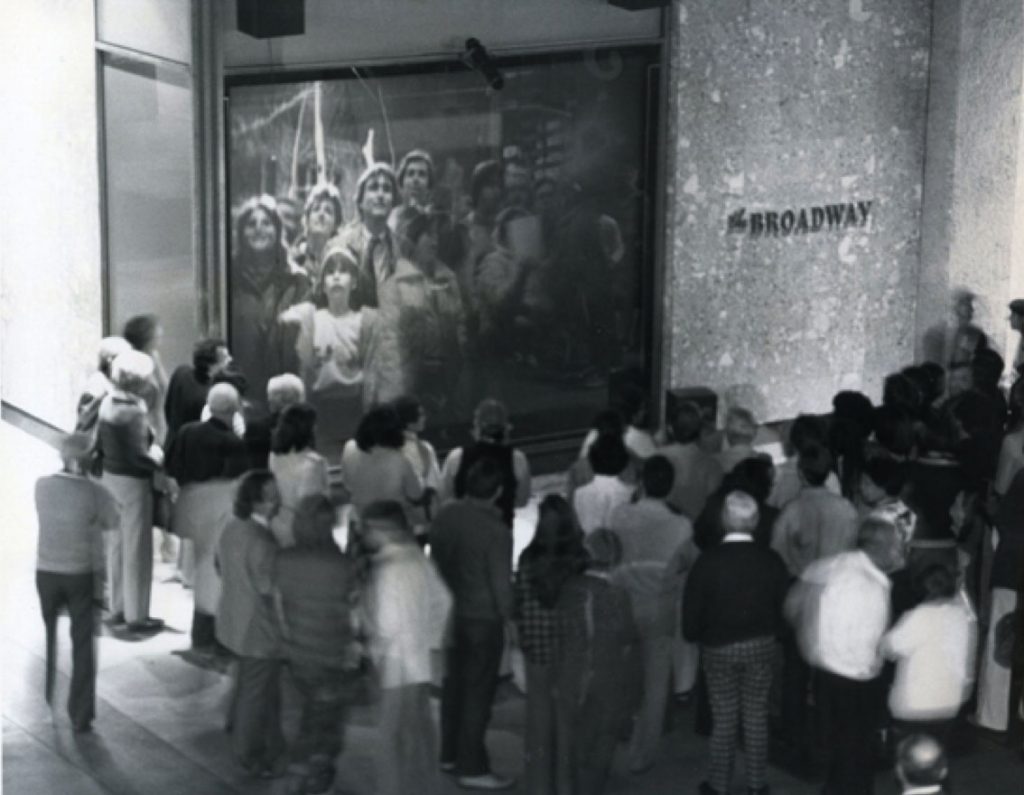The Sarotis Project explores how people interact with the world around them using an experimental soft prosthesis that can sense its surroundings. It focuses on how spatial awareness is formulated through the procedure of binding spatial information in the body.
In brief, Sarotis is a tactile sensory amplifier prosthetic – a piece of wearable technology designed to expand perception by adding a physical second skin layer. This is imagined using fluidic hydrogel coursing through the soft robotic wearable’s chambers, inflating and deflating sections to recreate physical feedback. Fluids can squeeze chambers to simulate pressure, and theoretically even be heated or cooled to simulate different temperature conditions.
Designers Ava Aghakouchak and Maria Paneta at Interactive Architecture Lab at UCL want us to experience virtual worlds with the additional sensation of the tactile sitting directly over our largest organ: our skin. A partial or full body outfit designed to work in collaboration with a VR head unit, providing tactile feedback of a greater degree than the simple touchscreen haptic feedback offered today.
By interconnecting what we see with what we feel, Sarotis aims to improve the immersion factor of virtual reality by coordinated spatial sensation, taking advantage of the human propensity to fill-in the dots of what we experience by the sum of what we sense beyond simply sight.
Soon, we won’t just see imaginary worlds, but we’ll actually know what they feel like through some similar soft interface iteration of Sarotis interacting directly with our skin.
PROS:
1. Prosthesis so far involves hard materials in structures that incorporate special sensing equipment. These materials are hard and thus impede the devices’ functionality and the user’s adaptation to the prosthesis. Soft Wearable Prosthesis actuated by Soft Robotics is proposed so as to create an effect on skin that resembles that of human touch. It is better than vibration used currently by the majority of prosthetic devices and its elasticity provides the best fitting on the skin.
2. As it was investigated by experiments users could become more aware of their surroundings and could also translate inflation patterns into spatial data. They could intensify their spatial experience or even construct a spatial reality without the need to be in a physical space.
CONS:
1. Sarotis uses soft robotics combined with depth sensors to create a prosthetic technology that works in tandem with Google’s Project Tango technology. However Google’s Tango shut down in March this year. Hence, we are unsure of the changes and direction of this project since it is still in development.
2 . Unable to gauge the durability of the soft prosthetic wearable.
Potential Applications:
Health:
1. It can be useful for the impaired, example the blind and deaf as an alternative form of sensory replacement.
2. It can be used as a sensory enhancement for the elderly when their reactions are slower. For instance, prewarning them about
Gaming:
1 . With the ability to heighten our senses via our skin, it can be a useful feature for future games (such as VR). Games can be made more engaging and realistic.
References:
https://drivenxdesign.com/now/project.asp?ID=16838






























































